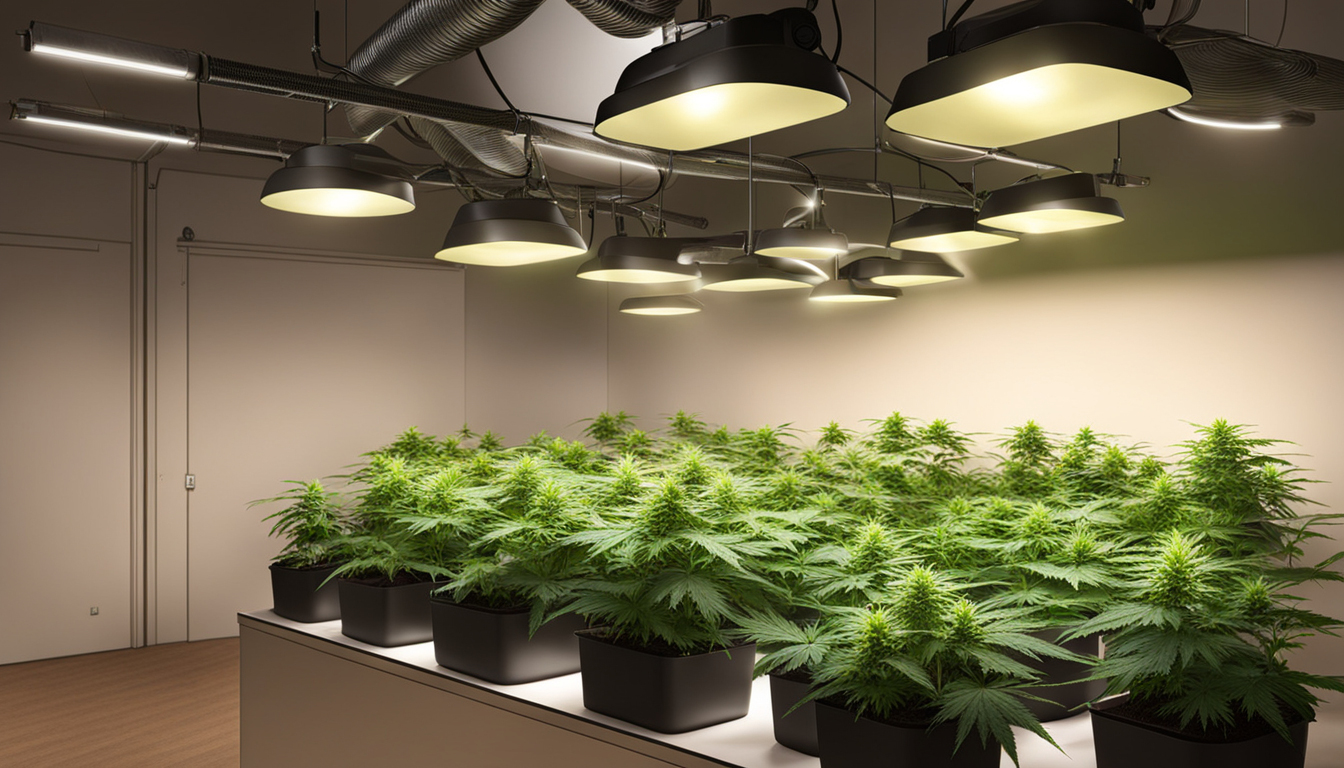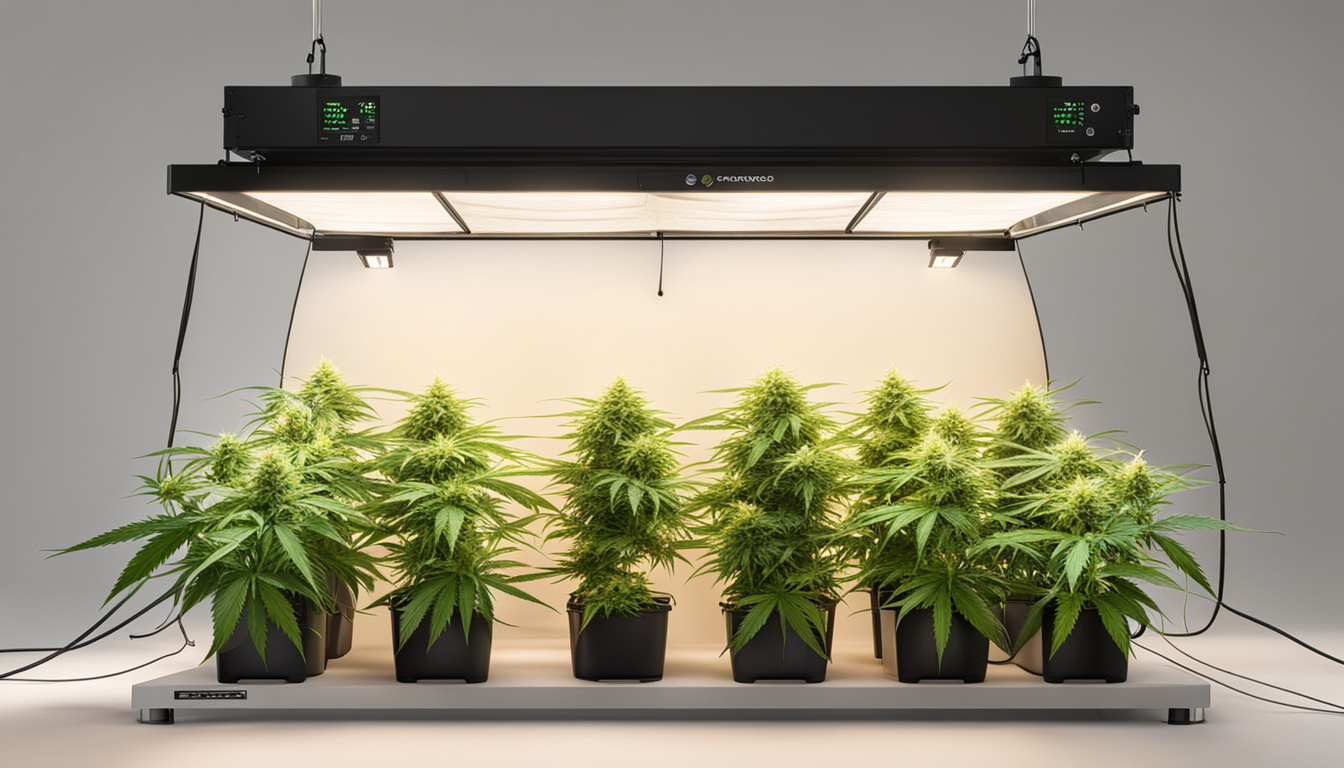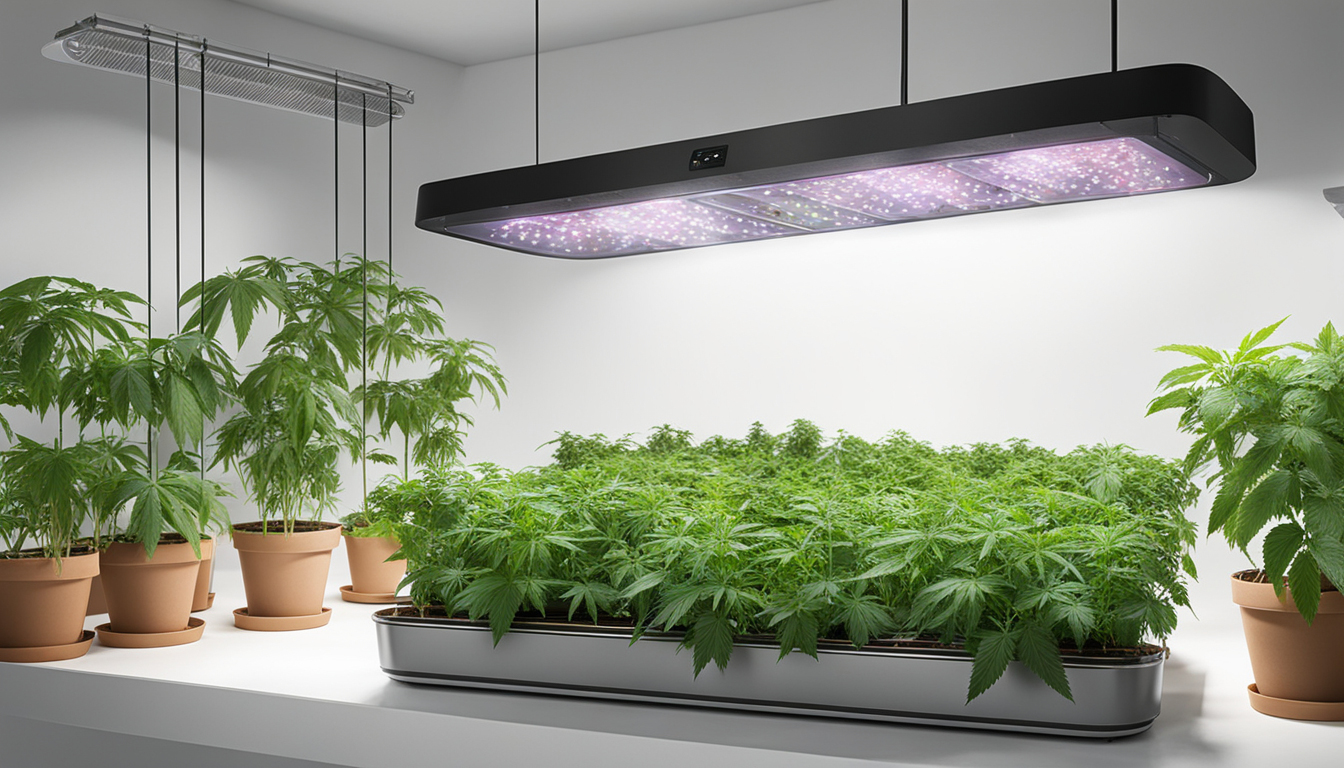
Whether you're just starting out with pot cultivation or looking to improve your existing grow, following this complete guide will help you produce big, high-quality yields right at home. With the right supplies, strategies, and care, growing weed indoors can be an extremely satisfying and cost-effective endeavor.
Choosing Marijuana Varieties
The first step in planning your indoor harvest is picking the right cannabis varieties to grow. The three main types of marijuana plants each have their own qualities.
Energizing strains
Known for their uplifting intellectual effects, these strains spread tall and slender with narrow leaves. They flourish in tropical tropical climates and have a longer blooming time between 2.5-3 months indoors. Top energizing varieties include Sour Diesel, Durban Poison, and Jack Herer.
Indicas
Indicas provide relaxing full-body effects and grow short and bushy with broad leaves. Adapted to cooler mountain climates, they flower faster within 2-2.25 months. Popular relaxing varieties include Northern Lights, Bubba Kush, and Bubba Kush.
Mixed strains
Mixed varieties mix traits from both energizing strains and relaxing strains. They offer blended effects and have medium blooming times around 2.25-2.5 months. Popular mixes are Blue Dream, OG Kush, and Blue Dream.

Setting Up Your Cultivation Space
Pot plants need the right controlled environment to succeed. Key factors for indoor farms are lighting, ventilation, layout, and finding the ideal discreet area.
Location
Choose an available space with quick access to water and electrical outlets. An empty extra bedroom, unused closet, corner of the basement, or grow tent locked away in a garage all make great discreet cultivation room spots.
Lighting
Cannabis requires powerful light for all vegetative stages. LED grow lights are energy-efficient and come in full spectrum options replicating real sunlight. Cover 250-400 watts per square foot for the vegetative stage and 400-600 watts per square foot for flowering.
Airflow
Proper ventilation and exhaust systems maintain ideal temp, humidity, and fresh CO2 levels. Set up silent 4-6 inch blowers or carbon filters to refresh stale air and reduce odors.
Layout
Optimize your space by positioning plants strategically under the lamps and leaving room to access and work around them. Set up distinct zones for vegetation, bloom, curing, and cloning.

Growing Substrates
Weed can be cultivated in different substrates, each with pros and cons. Pick a appropriate option for your specific setup and cultivation style.
Soil
The classic substrate, soil is affordable and easy for new growers. It provides great taste but needs more watering and nutrients to nourish plants. Enrich soil with perlite or coco to enhance drainage.
Coconut coir
Made from coir, reusable coconut fiber retains water but still lets in air to the roots. It's cleaner and more predictable than soil. Use coir-specific nutrients to prevent accumulation.
Hydroponics
In water systems, plant roots develop directly in fertilizer irrigation solution. This allows quick development but needs close monitoring of solution chemistry. Deep water culture and irrigation systems are common techniques.
Sprouting Seeds
Germination prepares your pot seeds to begin growing radicles. This prepares them for planting into their cultivation medium.
Paper Towel Method
Place seeds between moist paper towel and keep them moist. Inspect after a week for emerging taproots showing sprouting is complete.
Direct Planting
Plant seeds right into pre-moistened growing medium 6mm deep. Gently water and wait 7-14 days until sprouts push through the top.
Cubic rockwool
Presoak rockwool cubes in pH-adjusted water. Place seeds 6mm deep into the cubes. Keep cubes moist until seedlings appear within a week to 2 weeks.
Transplanting Seedlings
Once sprouted, marijuana young plants need to be transplanted to avoid overcrowding. Move them into proper sized containers.
Preparing Containers
Fill final containers with cultivation medium enriched with slow-release nutrients. Allow pots to soak up water for 8-12 hours before transplanting.
Carefully Transplanting
Gently loosen young roots from sprouting medium using a spade. Place into prepared Request More Info container at same depth as before and gently water in.
Growth Stage
The vegetative stage promotes leafy growth and plant structure through 3/4 to full day of continual lighting intensity. This stage usually lasts 1-2 months.
Providing 18-24 Hours of Light
Use grow lights on a 24 hour cycle or natural sunlight to initiate nonstop growth. Lamp output influences height and node distance.
Nutrients
Use vegetative stage nutrients higher in nitrogen. Make sure pH remains around 5.8-6.3 for full fertilizer uptake. Fertilize 25-50% concentration after 14 days and strengthen Send a Message slowly.
LST and topping
Fimming, LST, and trellising direct shoot shapes for flat foliage. This boosts yields.

Bloom Stage
The blooming stage develops buds as plants show their sex under a 12/12 light timing. It lasts 2-3 months depending on strain.
Changing Light Schedule
Change lamps to 12 hours on, 12 hours off or move outside for outdoor 12 hour cycle. This signals plants to start blooming.
Flushing
Flushing removes fertilizer residuals to enhance taste. Fertilize lightly the first period then just use plain water the final 2 weeks.
Flushing
Maintain 12 hour photoperiod but leach using pH-balanced water only. Resume clean watering if buds aren't mature after two weeks.
Harvesting
Recognizing when marijuana is fully ripe ensures peak potency and aroma. Harvest plants at peak ripeness.
Signs of readiness
Look for swollen calyxes, faded pistils, and 5-15% amber trichomes. Check buds around the plant as they won't all ripen evenly.
Harvesting plants
Use sterilized, razor-sharp pruning shears to carefully cut each plant at the base. Keep several inches of stem attached.
Curing
Hang whole plants or colas upside down in a lightless room with moderate temperature and RH around 50-60% for 7-14 days.
Aging
Curing continues desiccating while aging the Donate Here buds like aged spirits. This technique smooths bitterness and intensifies cannabinoid contents.
Jars and Humidity
Manicure cured buds from stems and store into sealed containers, filling about 75% capacity. Use a hygrometer to monitor container humidity.
Opening jars daily
Open containers for a few hours each day to slowly lower moisture. Remoisten buds if RH drops below 55%.
Long term storage
After 14-21 days when humidity levels off around 55-65%, do a final manicure and store forever in airtight jars.
Common Problems and Solutions
Even seasoned cultivators run into various pot plant problems. Identify problems early and fix them properly to keep a healthy garden.
Poor feeding
Yellowing leaves often signify insufficient nitrogen. Anthocyanins and leaves show low phosphorus. Check pH and boost nutrients slowly.
Pests
Thrips, aphids, fungus gnats, thrips, and nematodes are common marijuana pests. Use neem oil sprays, ladybugs, and yellow traps for natural control.
Powdery mildew
High humidity promotes botrytis and bud rot. Increase airflow and venting while reducing humidity under 50% during bloom.

Conclusion
With this complete indoor weed growing guide, you now have the info to cultivate plentiful potent buds for private grows. Apply these steps and techniques during the germination, growth, and flowering stages. Invest in quality gear and closely check on your plants. In time, you'll be rewarded with frosty aromatic buds you raised yourself under the loving care of your green thumbs. Happy growing